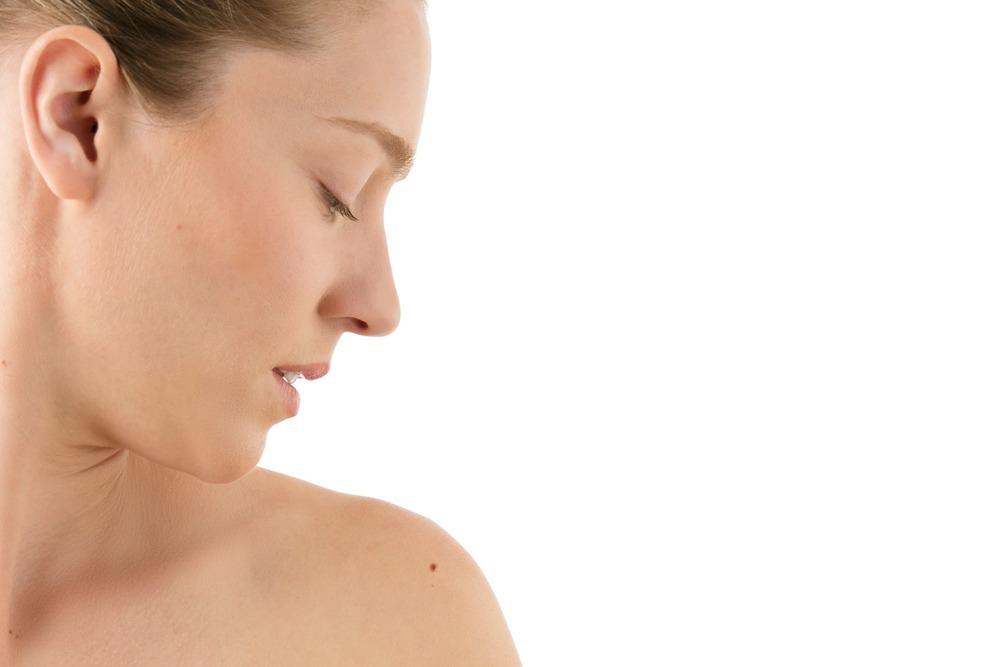N/A

Most people start to see moles appear in childhood and early teenage years. Unfortunately, the more moles you have, the greater your chances of getting cancer. If found early enough, however, they can be treated successfully. For this reason, it’s important to be vigilant about any changes to moles and spots on your skin.
Moles should be observed carefully for any signs of change. Most moles on your skin will look similar, so look for any moles that stand out as different to the others. If you do identify any changes, it doesn’t necessarily mean you have cancer, just that you need to follow it up with a visit to your GP. Along with moles, pay attention to birthmarks, beauty marks and any brown spots that may have changed. If a new mole appears after the age of 25, ask your GP to have a look at it.
Here are some things to look out for when checking your skin:
- New moles
- Moles that have increased in size
- The outline of a mole has become etched
- A change in color from brown to black or varied in color
- Raised spot or one with a lump within it
- A surface that becomes rough, scaly or ulcerated
- Moles that itch or tingle
- A mole that weeps or bleeds
There are three main types of skin cancer, including melanoma, basal cell carcinoma and squamous cell carcinoma.
Melanoma is the least common but most dangerous. It can start in an existing or new mole or spot and change over months. If left unnoticed and not treated in the early days, the cancer can move to the internal organs and can cause death.
The Basal Cell Carcinoma and Squamous Cell Carcinoma are more common than melanoma. They are slow growing cancers but should still be treated early to ensure they don’t spread and reduce the damage they can cause.
Monthly self-checks will allow you to notice changes in your skin and pick up any cancerous or precancerous spots. Follow these steps to complete a thorough skin self-check:
- Look in the mirror and check all of your face and neck, paying close attention to nose, lips, mouth and ears.
- Check your scalp using a hair dryer and a hand mirror to inspect under your hair.
- Check backs of hands and palms, including between fingers and under your nails
- Undress completely and stand in front of a full-length mirror.
- Check arms including elbows and underarms in a mirror.
- Next, check chest and torso.
- Turn your back to the full-length mirror and use a hand-held mirror to look over the length of your body.
- Sit down to check the front and sides of each leg from thigh to shin then feet, including your soles, between the toes and under toenails.
Remember to make an appointment at your nearest Family Medical Practice medical center if any of your spots are suspicious looking or you aren’t sure of anything.
 We use cookies on this website to enhance your user experience
We use cookies on this website to enhance your user experience